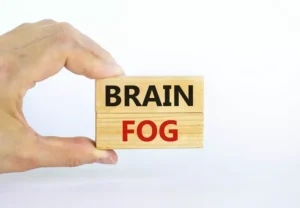
However, these groups’ momentary ratings diverged significantly at high levels of urges and negative affect, such that those with low baseline SE had large drops in momentary SE in the face of increasingly challenging situations. These findings support that higher distal risk can result in bifurcations (divergent patterns) of behavior as the level of proximal risk factors increase, consistent with predictions from nonlinear dynamic systems theory 31. Most notably, we provide a recent update of the RP literature by focusing primarily on studies conducted within the last decade. We also provide updated reviews of research areas that have seen notable growth in the last few years; in particular, the application of advanced statistical modeling techniques to large treatment outcome datasets and the development of mindfulness-based relapse prevention.
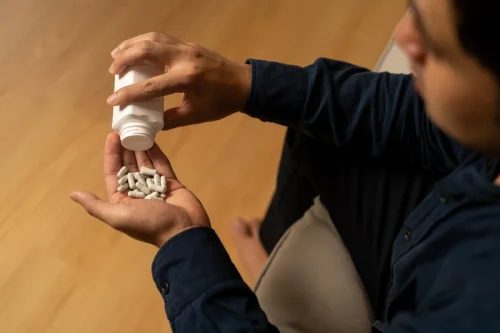
How euphoric recall and fading effect bias can create a false sense of control.
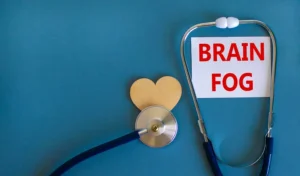
Although the majority of predictors were mentioned by both stakeholder groups, both groups had different opinions regarding their importance. Practitioners indicated change in daily structure, stress, maladaptive coping skills, habitual behavior, and lack of self-efficacy regarding weight loss maintenance as most important recurrent (mentioned in all groups) predictors. Persons who regained weight indicated lifestyle imbalance or experiencing a life event, lack of perseverance, negative emotional state, abstinence violation effect, decrease in motivation and indulgence as most important recurrent predictors.
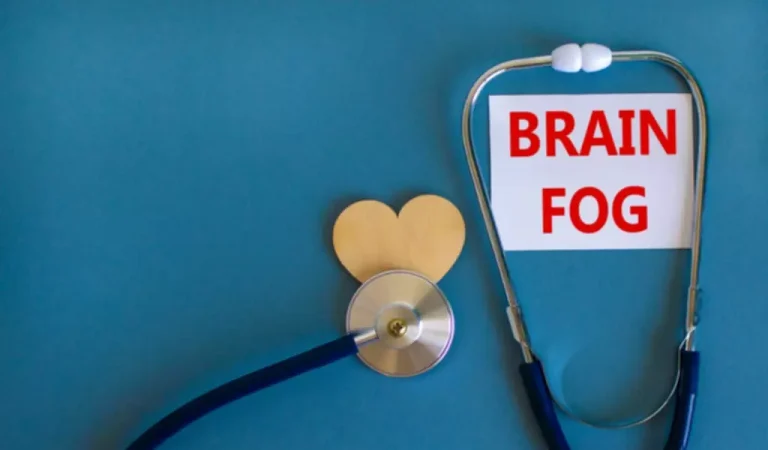
Other Literature Sources
- Global strategies comprise balancing the client’s lifestyle and helping him or her develop positive addictions, employing stimulus control techniques and urge-management techniques, and developing relapse road maps.
- More recent versions of RP have included mindfulness-based techniques (Bowen, Chawla, & Marlatt, 2010; Witkiewitz et al., 2014).
- These findings may be informative for researchers who wish to incorporate genetic variables in future studies of relapse and relapse prevention.
- The model incorporates the stages of change proposed by Procahska, DiClement and Norcross (1992) and treatment principles are based on social-cognitive theories11,29,30.
- Recognizing the factors that contributed to the lapse, such as stressors or triggers, helps individuals to develop strategies and techniques to navigate similar challenges in the future.
The AVE occurs when the person attributes the cause of the initial lapse (the first violation of abstinence) to internal, stable, and global factors within (e.g., lack of willpower or the underlying addiction or disease). Marlatt differentiates between slipping into abstinence for the first time and totally abandoning the goal. abstinence violation effect In psychotherapy, an abstinence violation effect refers to the negative cognitive and affective reactions one experiences after returning to substance use after a period of abstinence. As a result of AVE, a person may experience uncontrollable, stable attributions, and feelings of shame and guilt after a relapse.
- For Jim and Taylor, this might involve acknowledging the months of sobriety and healthier lifestyle choices and understanding that a single incident does not erase that progress.
- Despite work on cue reactivity, there is limited empirical support for the efficacy of cue exposure in recent literature14.
- Feelings of guilt, shame, and self-blame may lead people to question their ability to overcome addiction and exacerbate underlying issues of low self-esteem.
- Still, some have criticized the model for not emphasizing interpersonal factors as proximal or phasic influences 122,123.
- Marlatt, in particular, became well known for developing nonabstinence treatments, such as BASICS for college drinking (Marlatt et al., 1998) and Relapse Prevention (Marlatt & Gordon, 1985).
Enhancing motivation
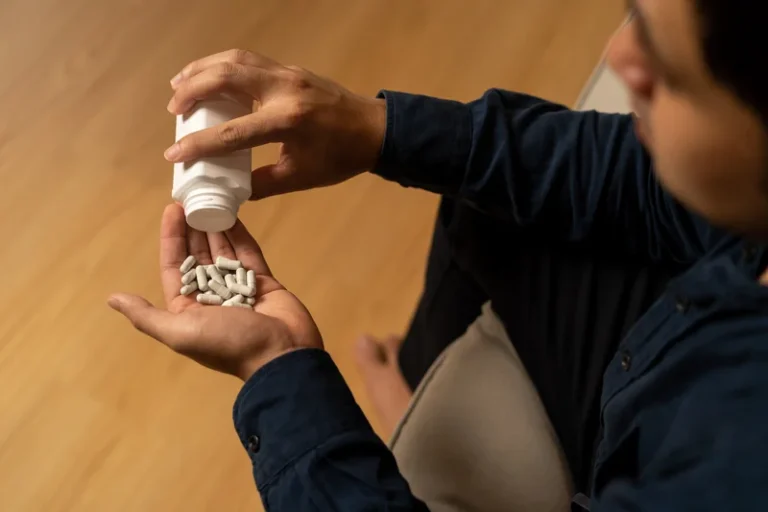
We begin to believe we can handle “just one drink” because the good times are remembered vividly, while the bad times fade into the background. Many people can relate to this feeling of guilt when they use a substance, like alcohol or marijuana, after promising themselves they wouldn’t. While relapse doesn’t mean you can’t achieve lasting sobriety, it can be a disheartening setback in your recovery. Mindfulness, is drawn from Zen Buddhist teachings and refers to viewing things in a special way.
Future directions for research
The AVE describes the negative emotional response that often accompanies a failure to maintain abstinence from drugs or alcohol. The research team discussed whether fewer or more clusters would represent participants’ statements better, by evaluating the coherence between statements in each cluster. After defining the final number of clusters, each statement within a cluster was evaluated and allocated to a perceived predictor (e.g. the statement ‘lack of motivation’ was allocated to the perceived predictor ‘motivation’).
- First we present the conceptual model of the relapse process as a dynamic system, as described by Witkiewitz and Marlatt (2004) and Hufford and colleagues (2003).
- The research team discussed whether fewer or more clusters would represent participants’ statements better, by evaluating the coherence between statements in each cluster.
- Two publications, Cognitive Behavioral Coping Skills Training for Alcohol Dependence (Kadden et al., 1994; Monti, Kadden, Rohsenow, Cooney, & Abrams, 2002) and Cognitive Behavioral Therapy for Cocaine Addiction (Carroll, 1998), are based on the RP model and techniques.

Advocates of nonabstinence approaches often point to indirect evidence, including research examining reasons people with SUD do and do not enter https://ecosoberhouse.com/ treatment. This literature – most of which has been conducted in the U.S. – suggests a strong link between abstinence goals and treatment entry. For example, in one study testing the predictive validity of a measure of treatment readiness among non-treatment-seeking people who use drugs, the authors found that the only item in their measure that significantly predicted future treatment entry was motivation to quit using (Neff & Zule, 2002).
